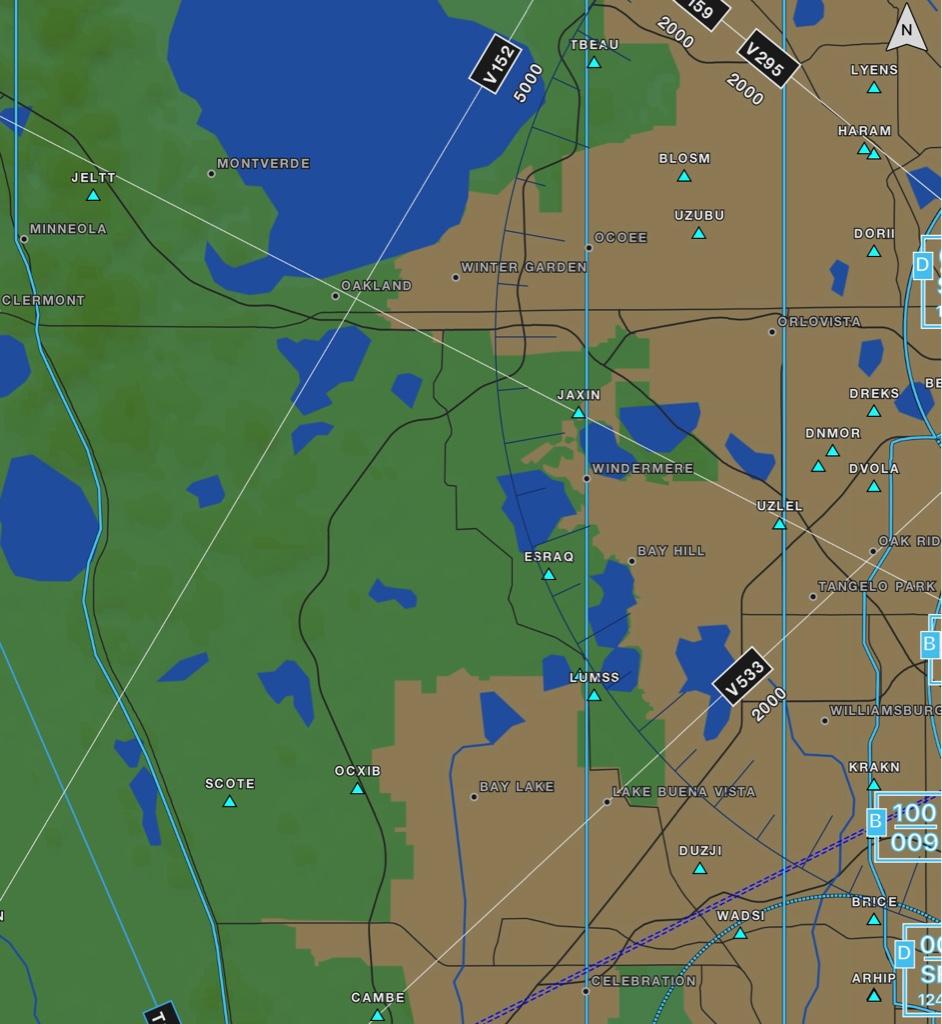midwestpa24
En-Route
- Joined
- Mar 4, 2016
- Messages
- 4,990
- Display Name
Display name:
midwestpa24
I was, shockingly, not being serious with my reply.
if you fly long enough at night wondering where the sun is, it'll eventually dawn on you.
Will we ever be able to read sarcasm in text?




